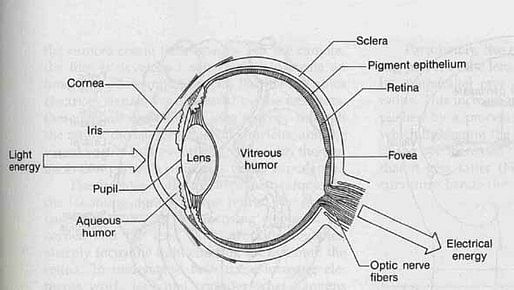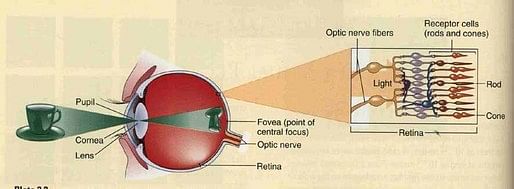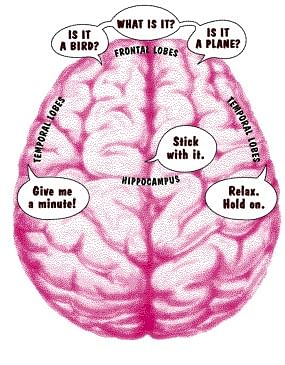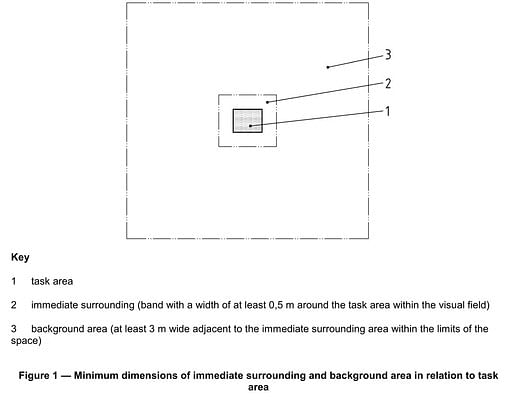
Have you ever wondered how the sunflower is able to follow the sun?
Probably you know that they exhibit a property called heliotropism or solar tracking, commonly found in many plants. It is essential for maximum photosynthesis. But why are the sunflowers not facing the setting sun in the picture below?

Did you know that only the budding and immature flowers follow the sun from the east to west?
The mature flowers seem to have an internal circadian clock which keeps them facing east, even before sun rise and stay facing east for the rest of the day! Beyond a certain stage of development, facing the morning sun, even for a shorter duration seems to be sufficient, but critical, for photosynthesis.
(True for us too! - Did you get your dose of morning sun today? Exposure to the morning sun for 15 minutes a day, i believe, is the simplest health secret!)
Sunflowers do not even have an eye or a brain!
The intelligence, is in the cell level. Every part of every living organism has these intelligent cells, as the building blocks. Some have single cells and some in billions and trillions. They come together and create different forms and functions.
This complex organ we call the eye, seems to have evolved over a half a million of years from single light sensitive cells.
Amazing examples, of the different stages of evolution of our eye, is prevalent, even today in the animal world.

Our eyes have evolved as a survival and growth mechanism over millions of years. From using single light sensitive cells for receiving energy from the sun, to sense the shadows of predators, from blurred images to detailed images, our eyes have evolved depending on our needs and environment.
Sight or Vision!
Our eyes are merely an extension of the brain!
My favorite analogy to remember this connection, is the dish antenna and the set top box. while the dish antenna (eye) collects the signals, it is the set top box (brain) which decodes that information and decides to associate specific feelings for specific information.

The light energy that falls on the retina is transmitted as electrical impulses to the brain for decision making. Every brain interprets these electrical impulses purely based on its previous experiences and decides to act in a certain way.

The previous experiences or "memory" is stored only when an emotion is associated. Everyday, we are bombarded with so much of information, but only a few, stick as memories. My simple formula:
Vision + Emotion = Memory
Vision - Emotion = Information
My favorite representations for Information and Memory are the below pictures.
INFORMATION!

MEMORY!

Though we have a very wide viewing angle, we do not observe (record), everything we see. We tend to observe, only what we focus on, which is the central part of our vision,

achieved through the cones. In the peripheral vision, we generally do not "observe" (blind!!!) everything and this is achieved through the rods. Both are, in our retina.
(Watch the video, Now you see it!, Now you don't! - The Science of Visual Awareness! - End of page.)
Why should we see light?
Light coming through our eyes, provides us the sensory stimulus for executive decision making functions of the brain.
For my simplified understanding, i try to remember the decision making process on two levels, the conscious and the subconscious levels. (Visual Path and Biological Path respectively)

On the conscious level, our decision making abilities have evolved from fight or flight decisions to complex decisions, opinions and perspectives.

On the subconscious level there are many subconscious decisions, like different hormone secretions which control our daily behavioral and physiological rhythms. And these functions have remained largely the same for centuries.

But in the recent past, our eyes are exposed to constant lighting levels, prolonged and shorter viewing lengths, as we spend most of our time indoors.
Similar to the lack of exercise to our body, our ciliary muscles and iris are devoid of any exercise nowadays!
Moreover, lack of exposure to natural daylight has started to affect our health. Since we spend most of our day in a workplace, harnessing natural daylight in our workplaces have become very critical.
For many years,the impact of light on our feelings, emotions, behaviors and physiological reactions were never understood thoroughly. But in the past few decades, compelling evidence have been put forth through various scientific studies about the impact of light on our feelings and behaviors. (The Biological Path!)
Perhaps, it is for this reason that we have lighting standards increasingly stressing on visual comfort, natural daylight, circadian rhythms etc.
From general lighting of a work area, we have now divided the work area into task area, surrounding area and background area with different lighting levels!

Along with horizontal lighting levels, we have started considering, cylindrical illuminances to ensure good visual communication.
We have started looking at the emotional impact of lighting on the occupants of a space. Or, we have started attempts to create emotions with various lights and technologies.
Increasingly, more stress is laid on providing motivating and inspiring workplaces which promote people's health and well being. This is achieved through effective use of a range of color temperatures, colored lights, luminance distribution and modelling etc. It is a well accepted fact that light affects the mood, emotion and mental alertness of people.
Truly, we are beginning to appreciate the benefits of "non-image forming" aspects of light!
What do you think? Share your comments below.
___ ___ ___
I aim to spread awareness on the subject of Healthy Lighting designs to facilitate co-creation of healthy lighting at home, work and other social spaces. My posts can be accessed at Archinect and Linkedin Group. I also have a self published book "Healthy Lighting of your Homes" at Amazon.
This blog would attempt to cover basic design factors typically considered in lighting design. In 1998, i was asked about the material of the filament inside the incandescent bulb, for which i did not have a clue, at that time. I am an engineer and i have the aptitude to learn the subject is what i told the interviewer and surprisingly, got into the lighting industry! Perhaps it is that shameful ignorance that gave me a voracious appetite to proactively seek, learn and understand lighting.
1 Comment
this totally pertained to a recent post of mine...by posting now I am reminding myself to read this, for this i apologize Archinect....bump bump = post-it note
Block this user
Are you sure you want to block this user and hide all related comments throughout the site?
Archinect
This is your first comment on Archinect. Your comment will be visible once approved.